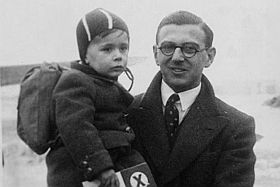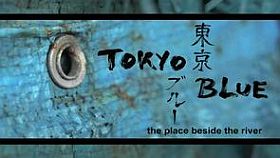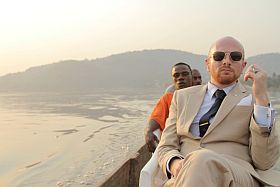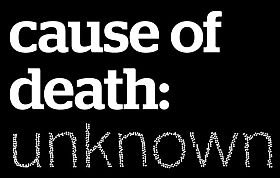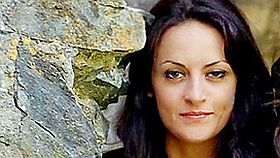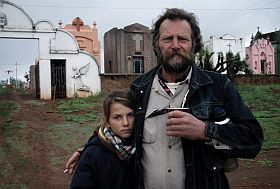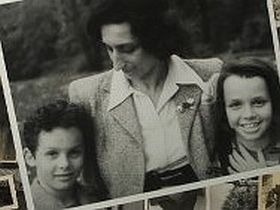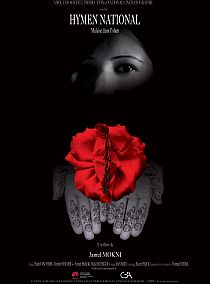


Documentary Day in Edinburgh
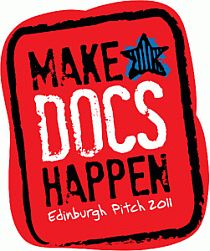
If you happen to be in Edinburgh today read what you should do to watch films, have a drink, eat some takeaway and go to tango nuevo… If you are not in Edinburgh, well enjoy the tone of this text (and all the film links) that reached filmkommentaren this morning, and be inspired to do your celebration of documentaries:
Make this Wednesday a total Documentary Day with the Edinburgh International Film Festival, Creative Scotland, and the Scottish Documentary Institute. Here’s how to navigate it: First, there’s this year’s Bridging the Gap premiere in Cameo 1 at 5pm. Check our website to learn more on our four latest Scottish short docs. Directors Chico Pereira (“Just like sex in public places”) and Paul Fegan (“Doo or die”) have just written new blog posts which include their trailers. EIFF tickets here.
Then, around 6.30pm, those of us with an EIFF delegate pass will migrate just down the road to the bar in the Traverse Theatre, where we’re inviting you to drinks and a chat. This, of course, is just a pit-stop for your way along the Grassmarket and up Victoria Street to the Liquid Room, where doors open at 7.30pm. You should probably grab some takeaway along the way, as it’ll be a long night…
From 8pm, we’re delighted to welcome the brilliant Swedish New Tango Orquesta for a one-off concert in Scotland. They provided the score for our film Future My Love which has been creating quite a bit of buzz at EIFF. And their music isn’t just tango as you know it. For 90 minutes, they’ll be taking so-called tango nuevo to new levels, then followed by DJ Larry from 9.30pm (you may need to use the side entrance if you’re arriving late). Not to be missed! The Future My Love Tango Concert & Launch Party is free for EIFF passholders (and that’s not just delegates and press, also staff and volunteers…
